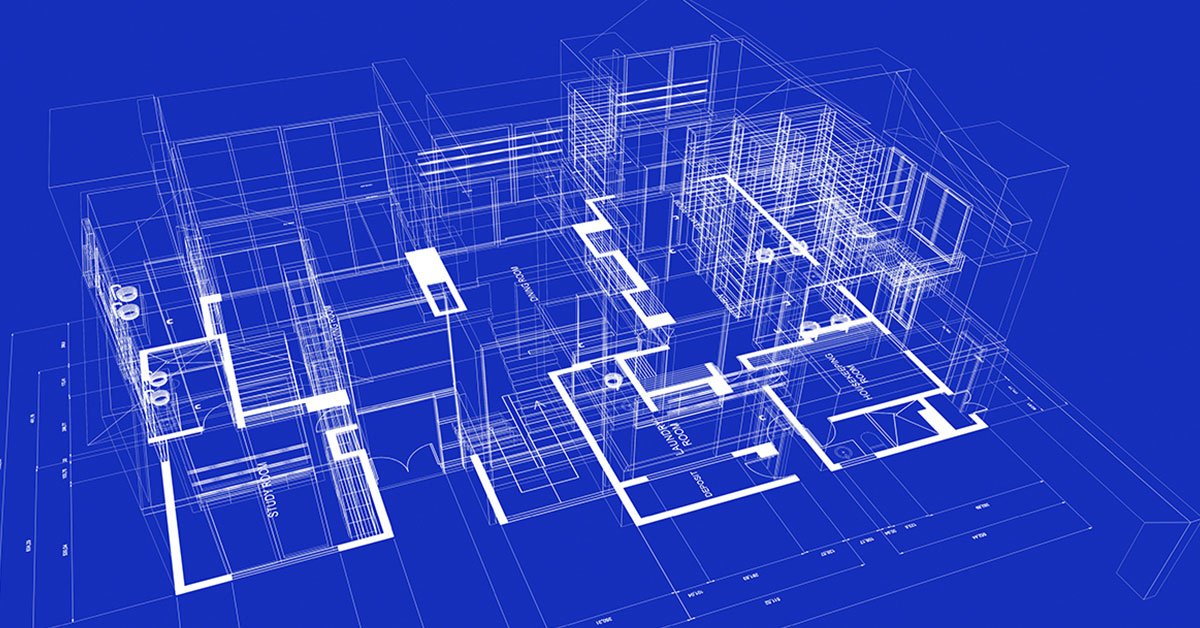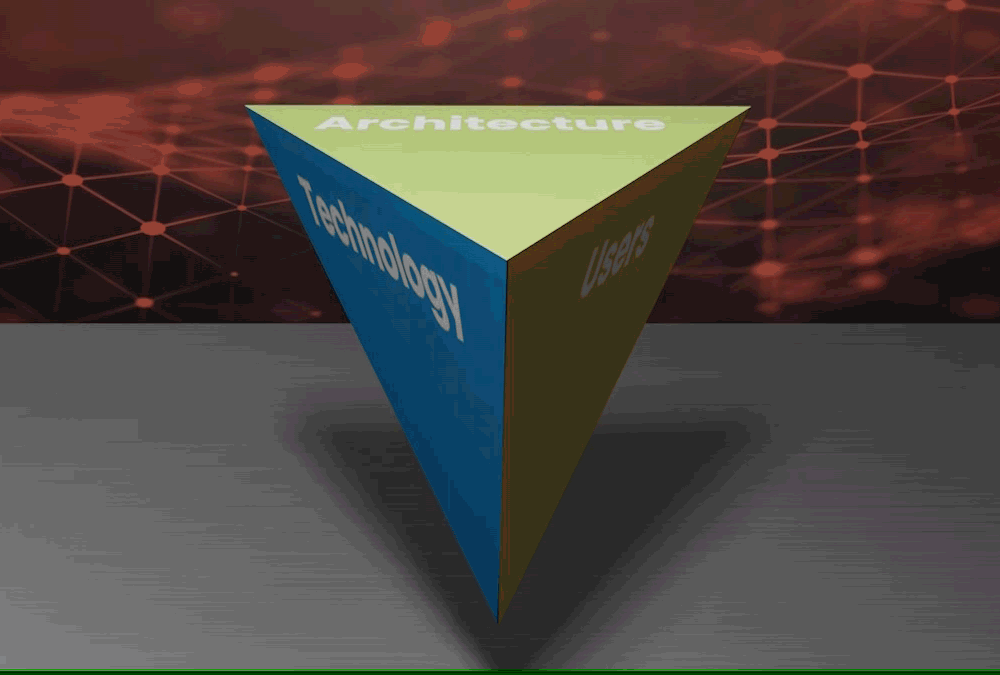When the three kinds of web development are discussed, full-stack web development’s contribution to the build process is sometimes underestimated. Because it’s not simply one developer fulfilling both the front-end web development and the back-end web development roles on a smaller project where teams need to stay small. Instead, full-stack web development is the architectural bridge between the technical needs of a user and system, to the operational, functional, financial, structural and strategic needs of a business. This article provides an in-depth exploration of how full-stack web development extends well beyond the tactical considerations of the front-end and back-end to deliver enterprise-level website performance.
Primary full-stack web development objectives
To start, full-stack web development considers a website’s end game at the onset of a project. There is a strategic emphasis on building system architecture that aligns front-end and back-end output to drive the desired business results. A helpful analogy is the way a house or building is made.
Whether you are constructing a dwelling or place of business, the process remains the same: define the objective. Is it to house a family? Or multiple families? Is it for providing modular leased commercial space? Or for manufacturing and distribution? An architect considers the purpose of the structure, then explores the functional needs for the space, the materials that are most suitable to those needs, and finally creates a plan.
That plan is iterated and applied across each building phase. It covers the foundation, the base structure, the walls and cladding, the entryways, the roof, the electrical service, the water service, the ventilation system, and even the landscaping. Then specialists apply their skills to construct the building according to the architect’s specification. And this is the same idea, whether you’re building a physical structure or a website. The architect is continuously engaged with all contributors and stakeholders to keep the project on course.

Full-stack Understands Front-End Web Design and Development
Because user interaction will fundamentally drive any substantial activity within the site or app, the system architect has a thorough knowledge of front-end web development. This helps them make sure that the system will fulfill all user needs as intended. Full-stack developers are very familiar with both the creative and the technical strengths of the front-end team. Additionally, full-stack development leaders possess the vocabulary and language for this functional area, so that they can ensure the tools, processes, and capacity are calibrated to the needs of the client.
Full-stack Is Steeped In Back-End Web Development and Programming
System architects also know back-end web development like the back of their hand. Full-stack developers typically have strong back-end programming chops and can debug with the best of them. Because of this deep understanding of how computer technology works and has changed over time, full-stack teams are adept at connecting the technical concepts with the creative concepts, and translating across the functional areas so that both teams have what they need to deliver the technology aspect of a project.
Full-stack Speaks Business and Web, Bridging Them Together
Finally, the unique role of system and software architecture lies in deeply connecting the business needs of a client with the development teams. We’ve talked about the communication part of that, but there is also the perspective part. Like being able to evaluate how a certain approach for delivering content to users will be executed on-page, in-system, then what that means for revenue generation. And being able to explain it in each direction so that everyone is on the same page. It’s about making sure the website or app looks as intended, works as intended, and produces value as intended. Full-stack developers bridge these areas to one another, continuously monitoring and ensuring the functional pathways and layered activity achieves success for the client.

What is the vocabulary and knowledge stack for a full-stack development team?
As you might imagine, bridging these distinctive areas means a system architect must maintain voluminous familiarity of many different things. The range is constantly changing, because the pace of technology innovation is ever increasing. Therefore, enterprise full-stack development requires constant engagement with the technology industry, so that market trends are considered, new solutions are incorporated in projects, and best practices are applied in each area. Full-stack developers incorporate these elements into their plans:
- User Needs and Requirements. Having a clear plan for who or what is using the system, and what are their needs or challenges. That could mean a human who works for the company and serves as an administrator, or a customer who accesses the public portions of the system to purchase something. It can also mean a third-party data service or another server. Or even the spectrum of accessibility needs. Essentially includes anyone or anything who interacts with the system, as well as the different locations where they are located, and the security validation that goes along with their access.
- Hosting Platform Technologies. Weighing where the system should run so that it performs most efficiently and produces the best results, whether that is on a server, in the cloud, or in orchestrated containers.
- Database Technologies. Determining which relational databases, graph databases and document databases fit best for the system and its operational objectives.
- Compliance Regimes. Knowing the applicable laws and regulatory requirements, especially for data storage and transfer. Some important pieces include PCI for payment processing, HIPAA for medical data, and other PII (Personally Identifying Information) management.
- Communication Technologies. Ensuring that data transfer paths from front-end to back-end to database and back have as few obstacles, bottlenecks, or points of failure as possible… while remaining secure. This also means recommending the correct integrations with other services (ERP, CRM, LMS, etc.) and knowing how to harness technologies like Wi-Fi, Bluetooth and voice search enablement to ensure proper function of IoT nodes.
- Frameworks and Languages. Sizing up the system parameters and goals helps to decide whether .NET, JAVA, Angular, Javascript, or another tool is best suited for producing the system components within the project scope and timeline.
- Revenue Cycles. Understanding how the business earns and spends money, then being able to focus the system on where it will generate the greatest value by introducing efficiencies like policies and automation.
Although there are even more things that system architects consider, these are the big ones. And to make sense of so many potentially conflicting priorities, full-stack developers practice a three-way balancing act. Canadian computer scientist Dr. Bill Buxton has described it before, by explaining that full-stack development in every software project has three sides:
- The Business – the inflow of monies and outflow of value
- The Users – the look, feel, and experience of anyone or anything that interacts with the system.
- The Technology – which solutions, configuration and approach will yield the results for business and users.
Like a spinning tetrahedron, each side must maintain equal priority and scale to the others, or it will topple. As a project scales larger in scope or funding level, each of the areas is impacted equally. And the same follows if a project has a smaller budget – everything is still equally weighed.

Conclusion
When all is said and done, the focus of full-stack web development is to double down on helping companies do whatever they do better. Whether that means bringing in more customers, closing more sales, or helping employees be more efficient. A system architect considers the project successful when the company has saved money or made money. And they always make sure everything is in balance. If you would like to discuss a particular system's problem for our full-stack development team to tackle, contact us today to schedule a call.